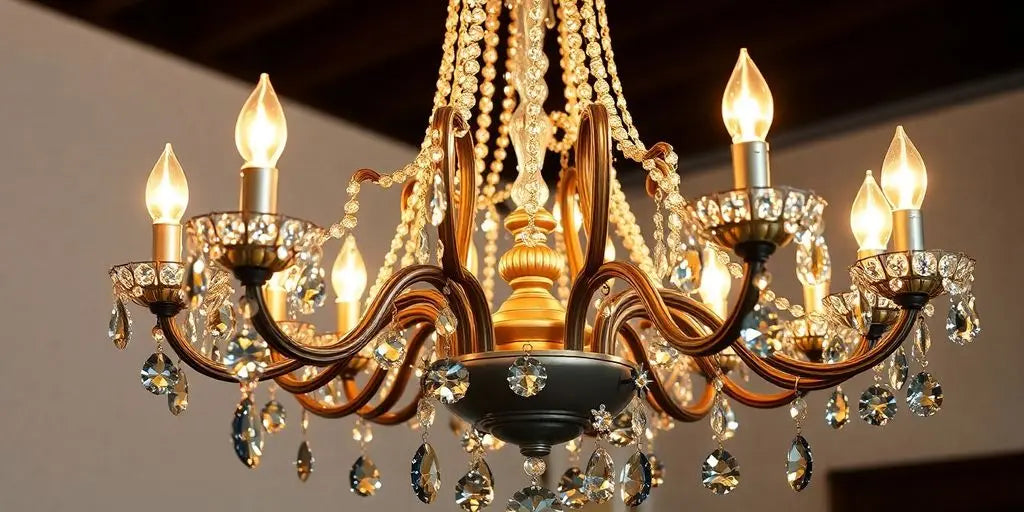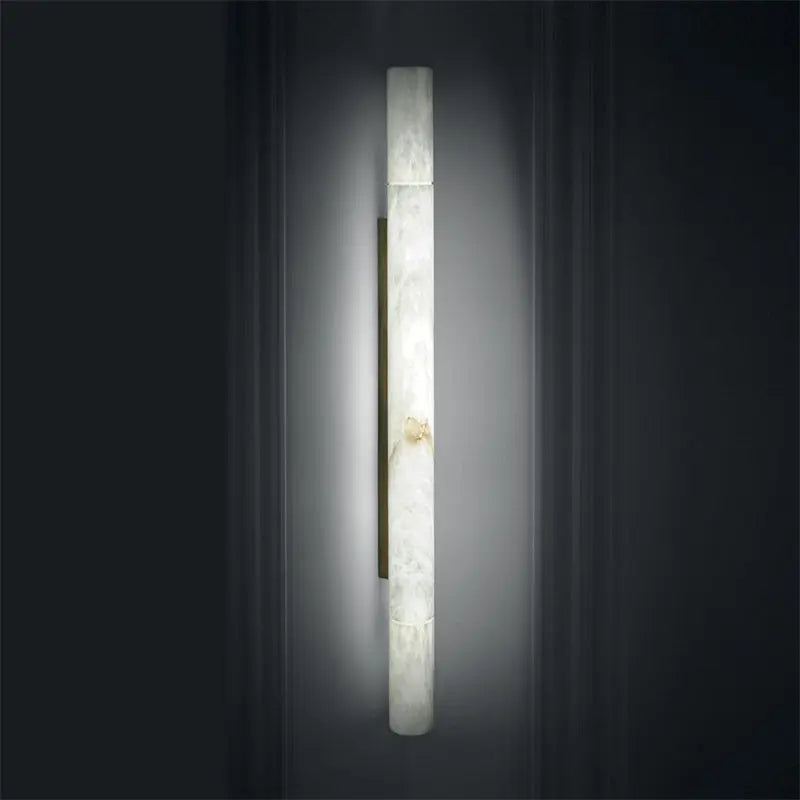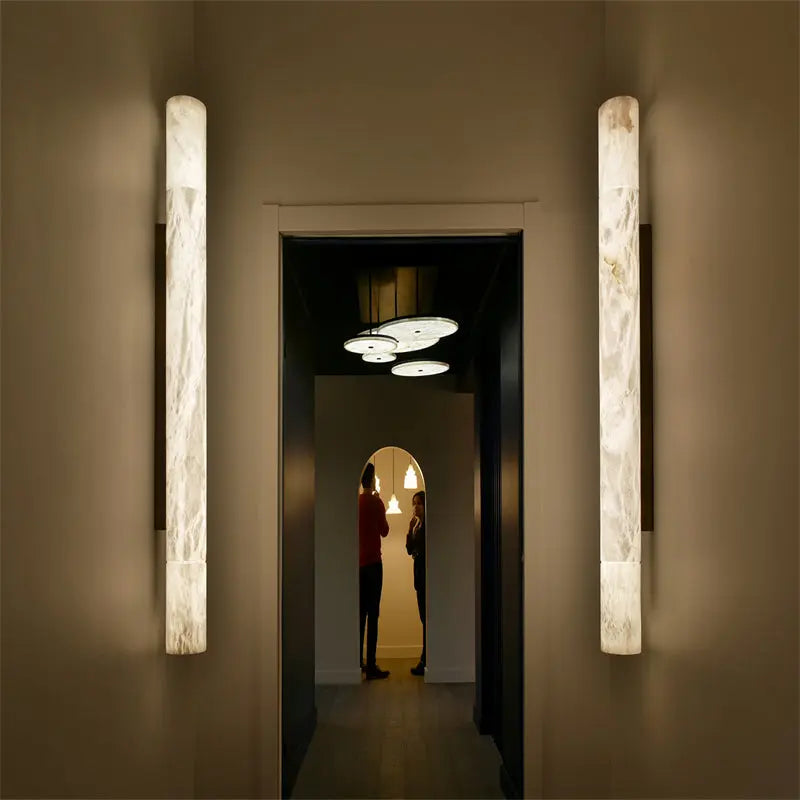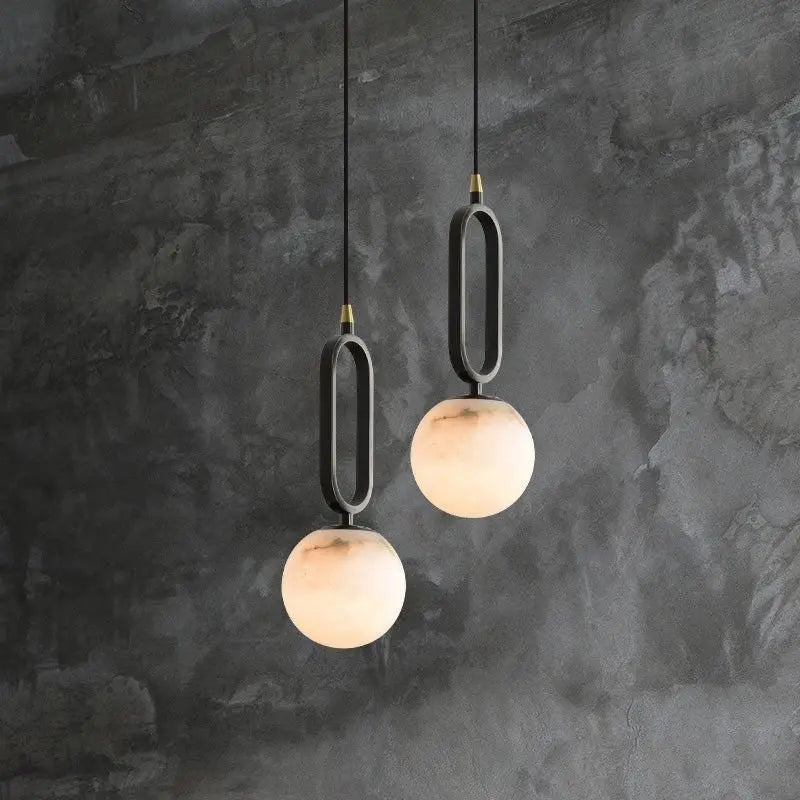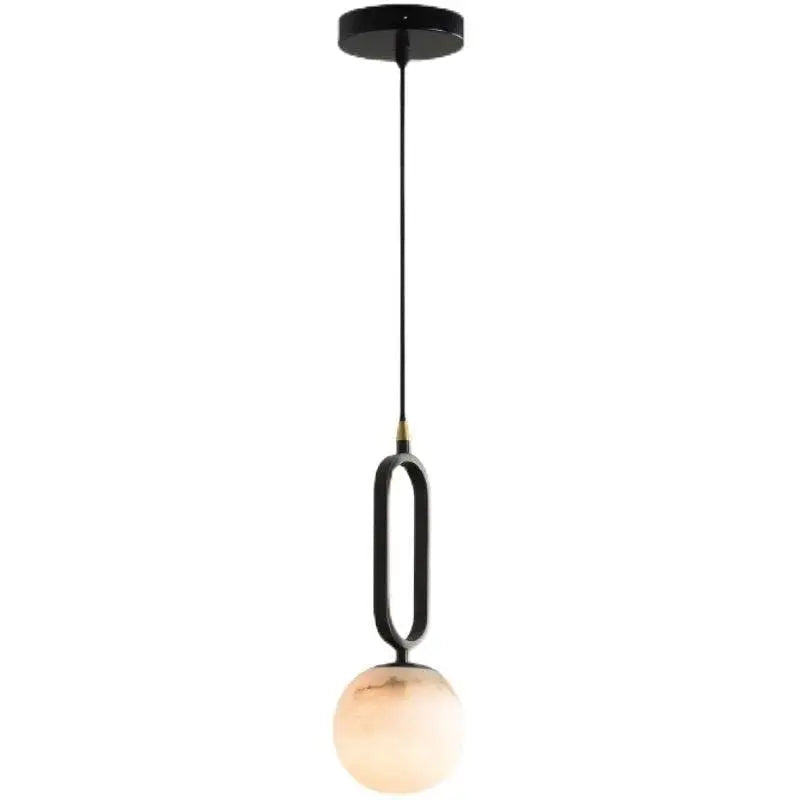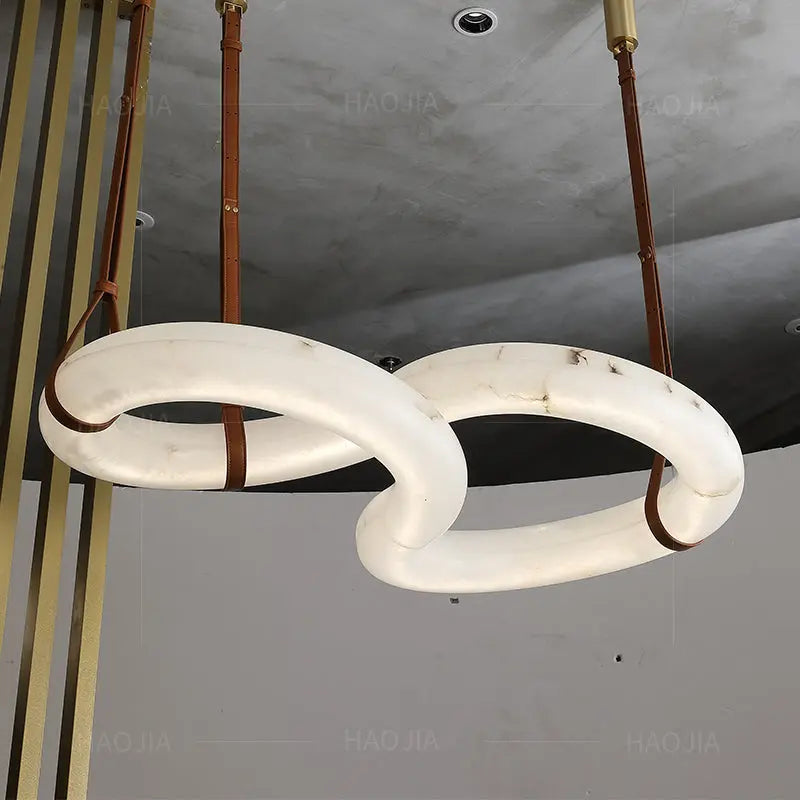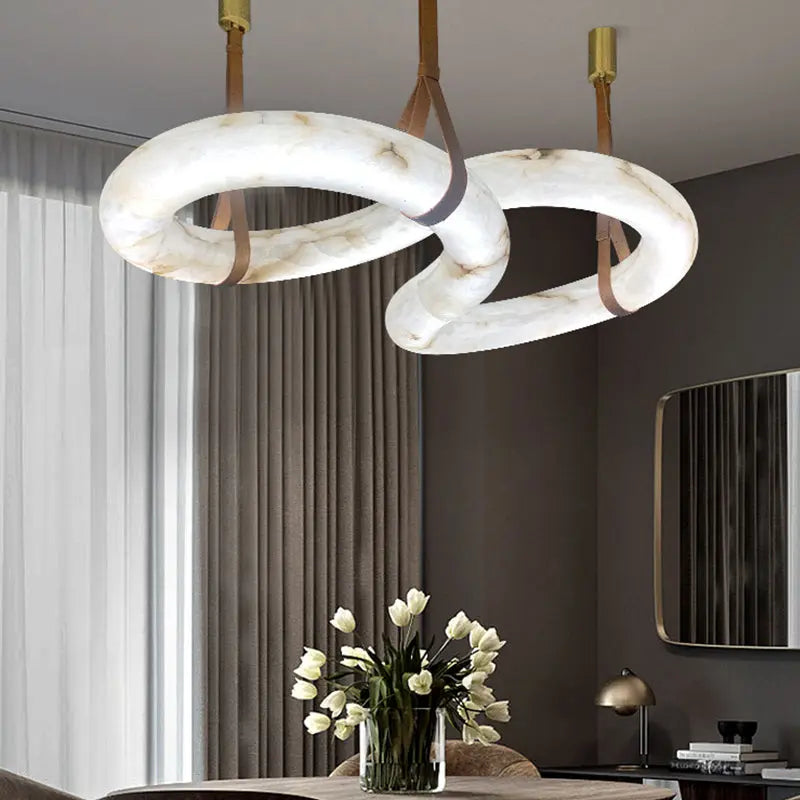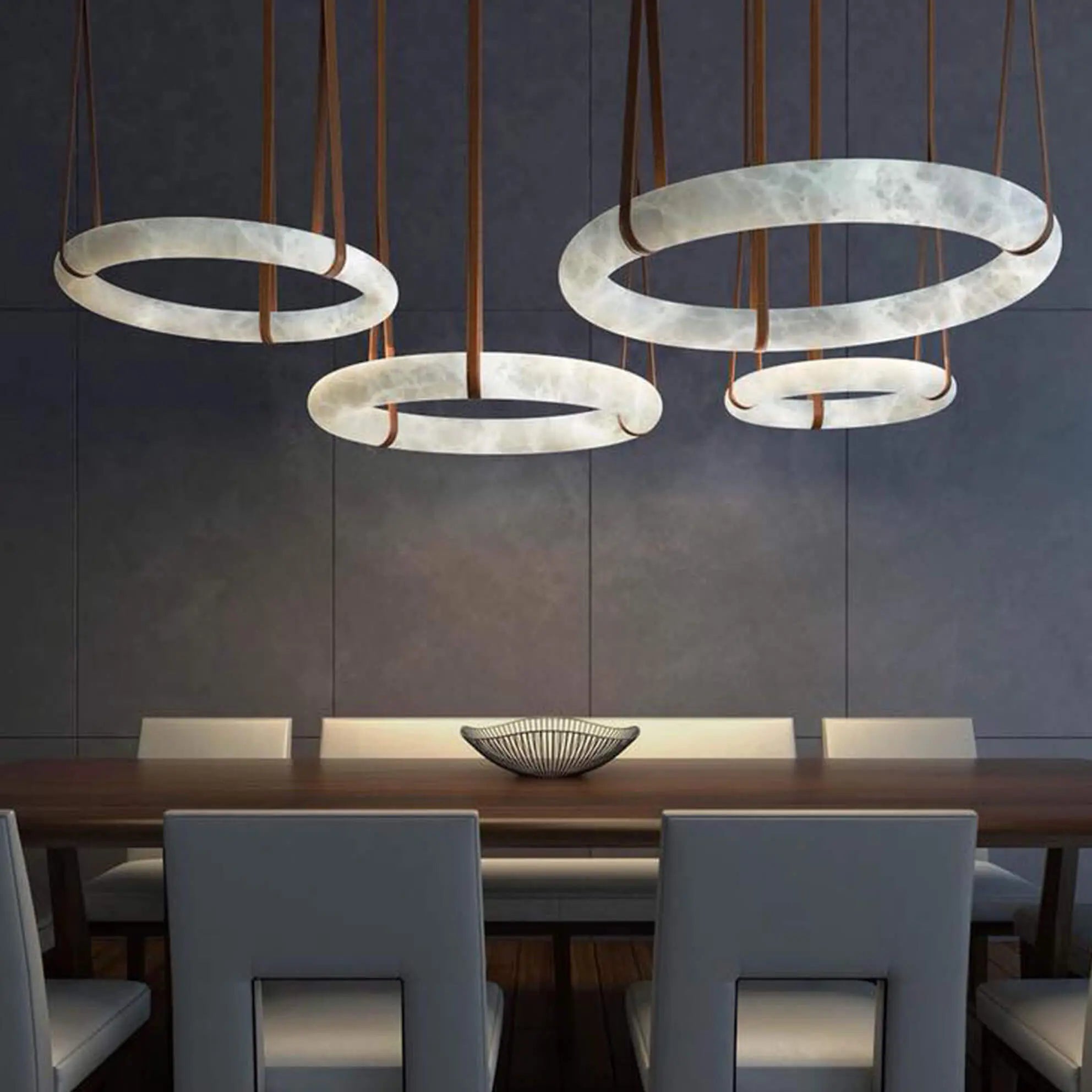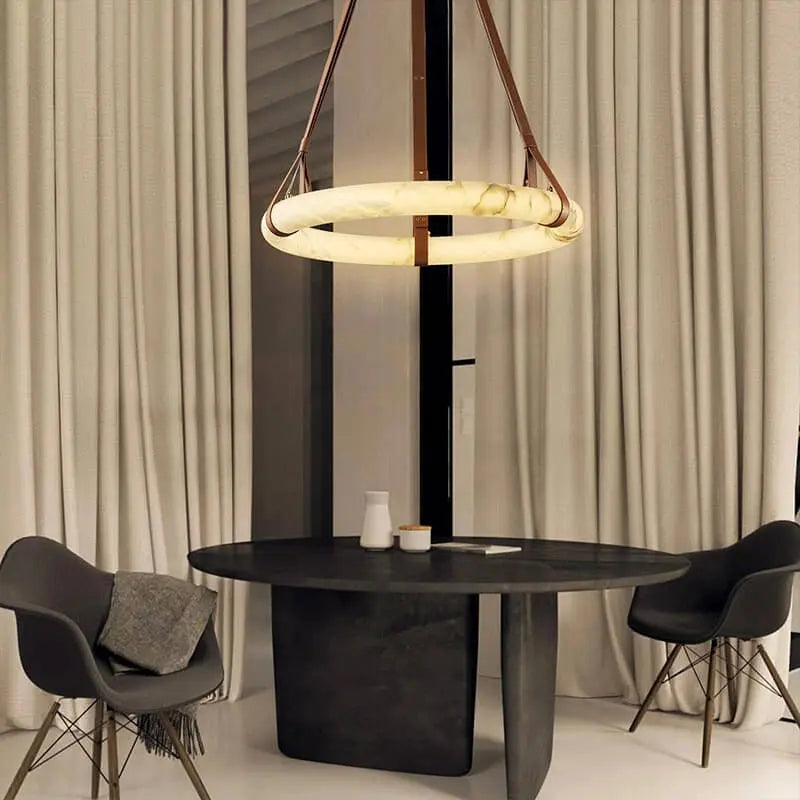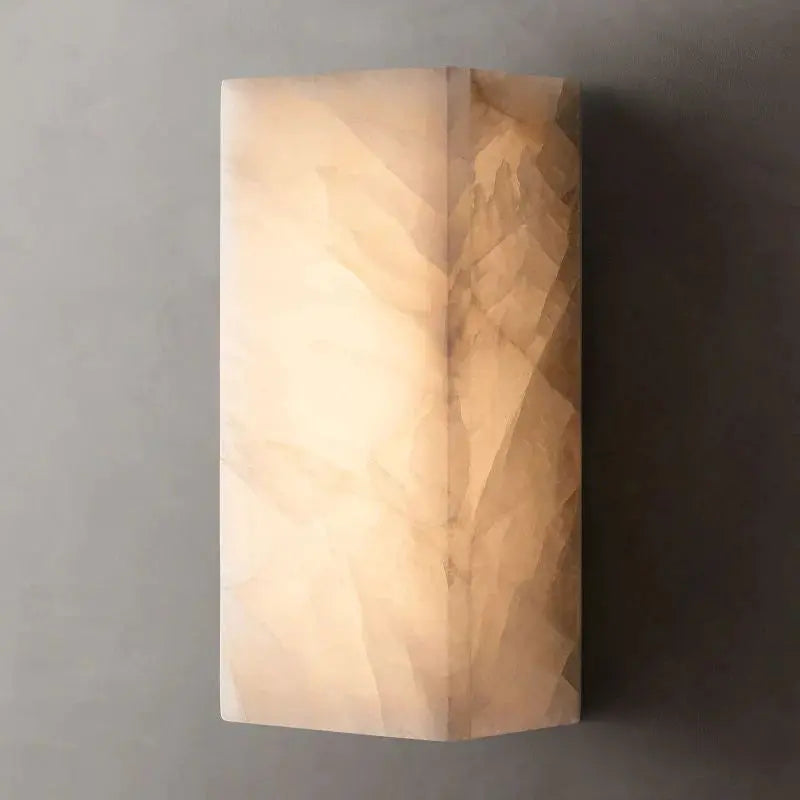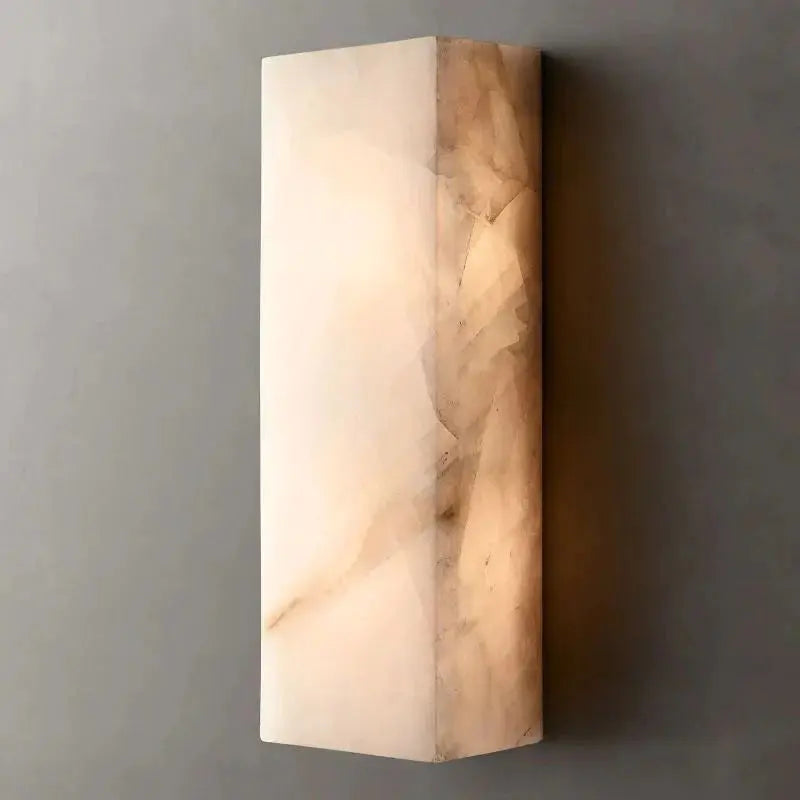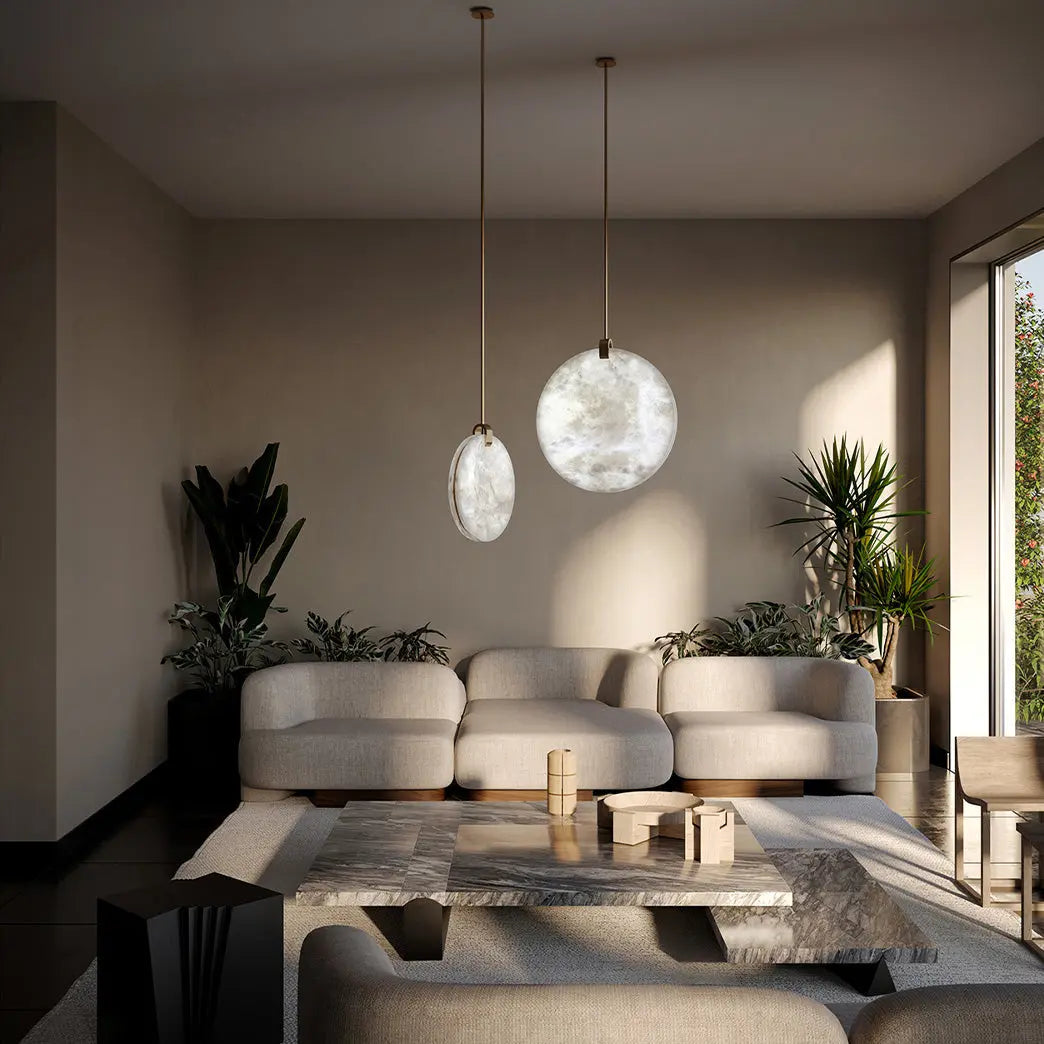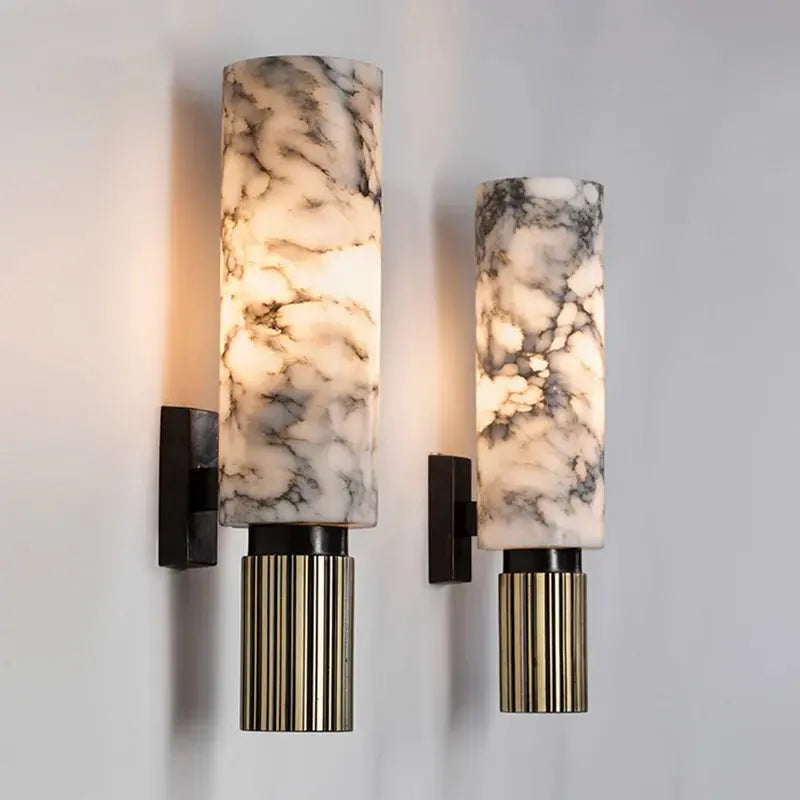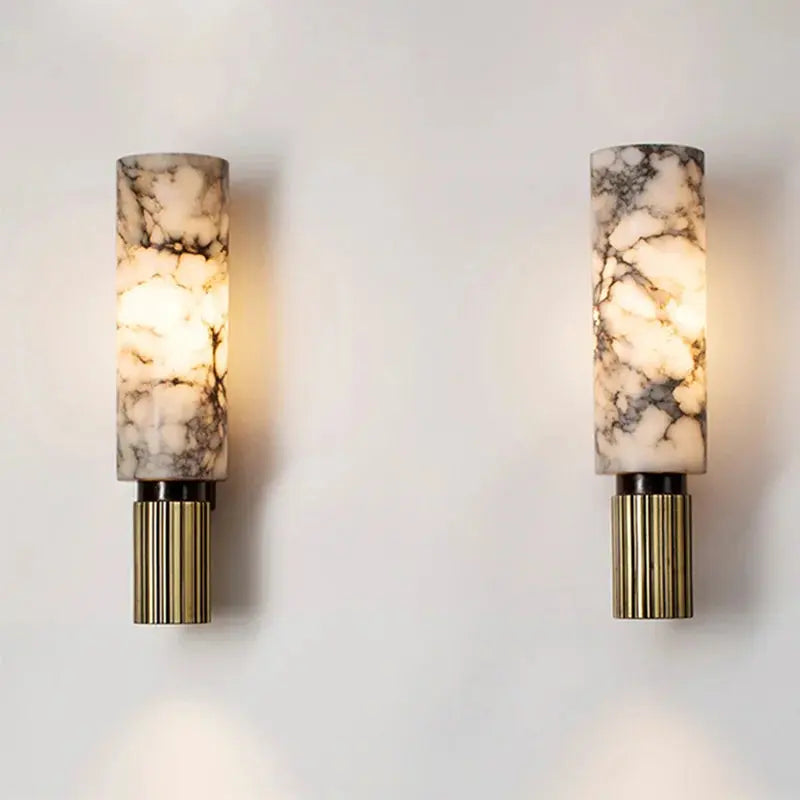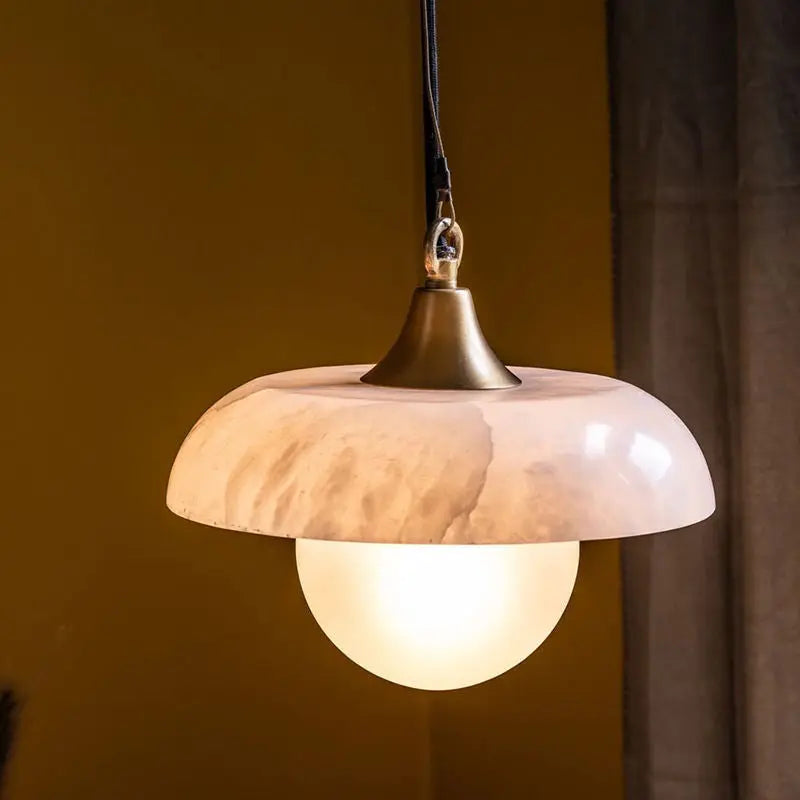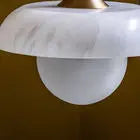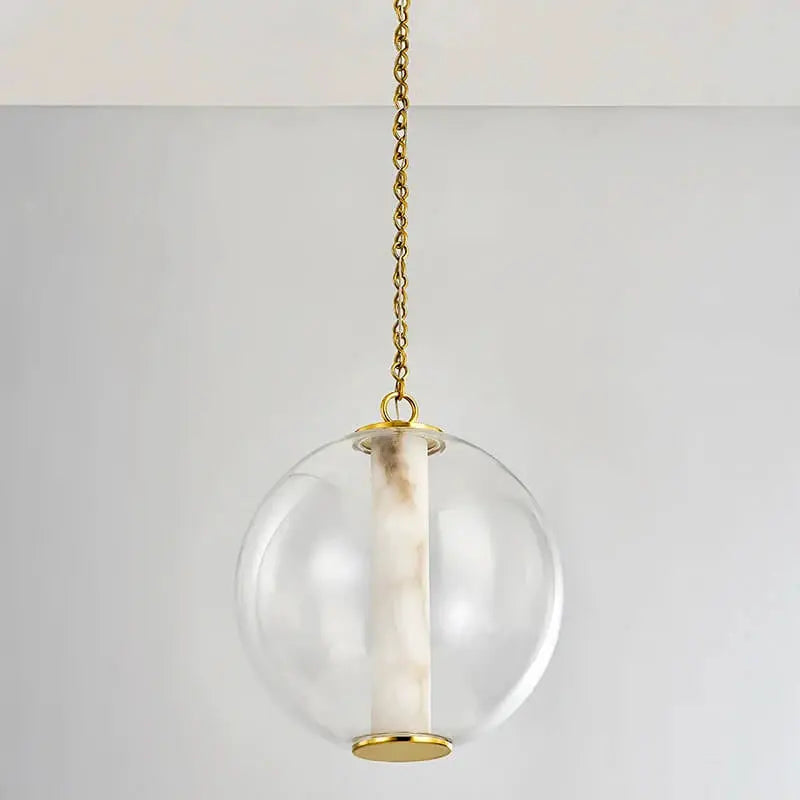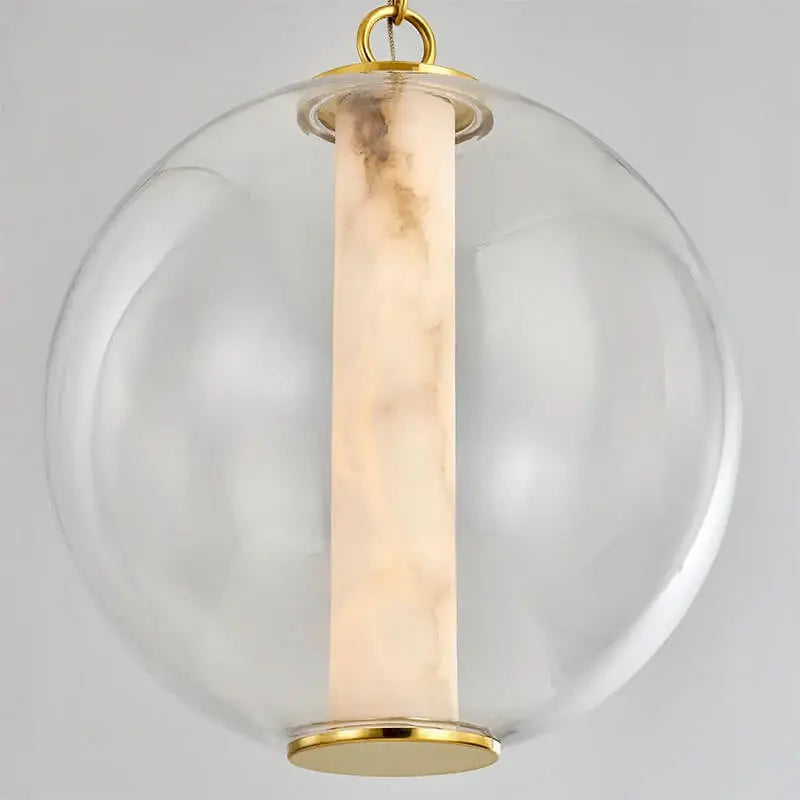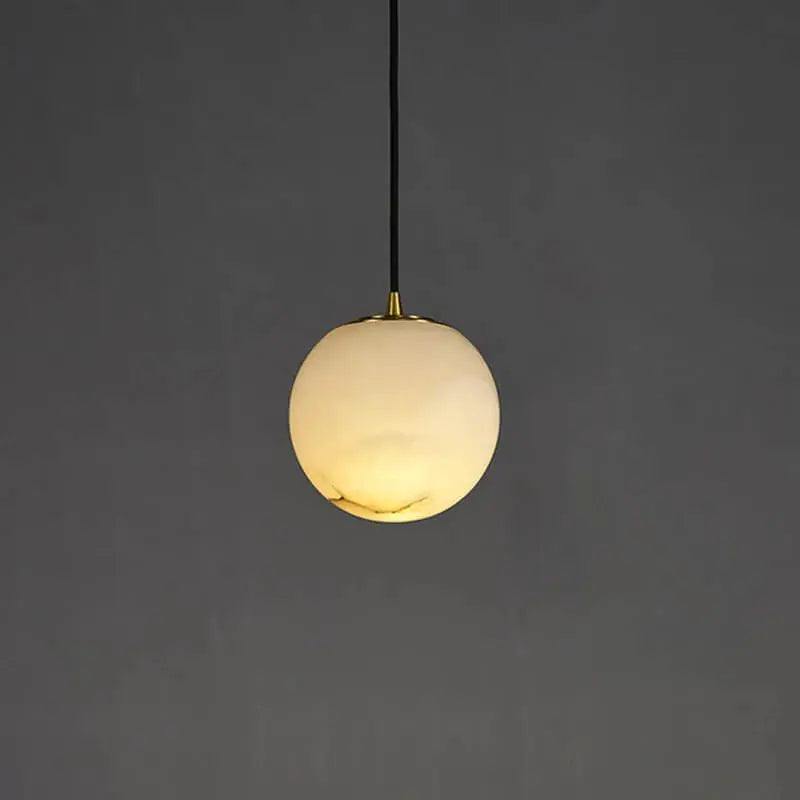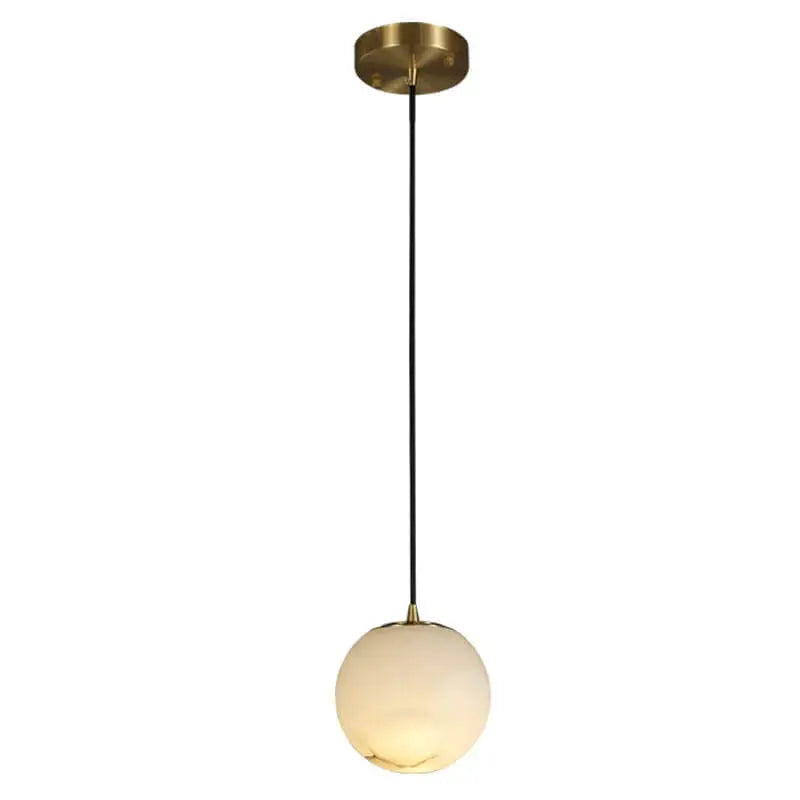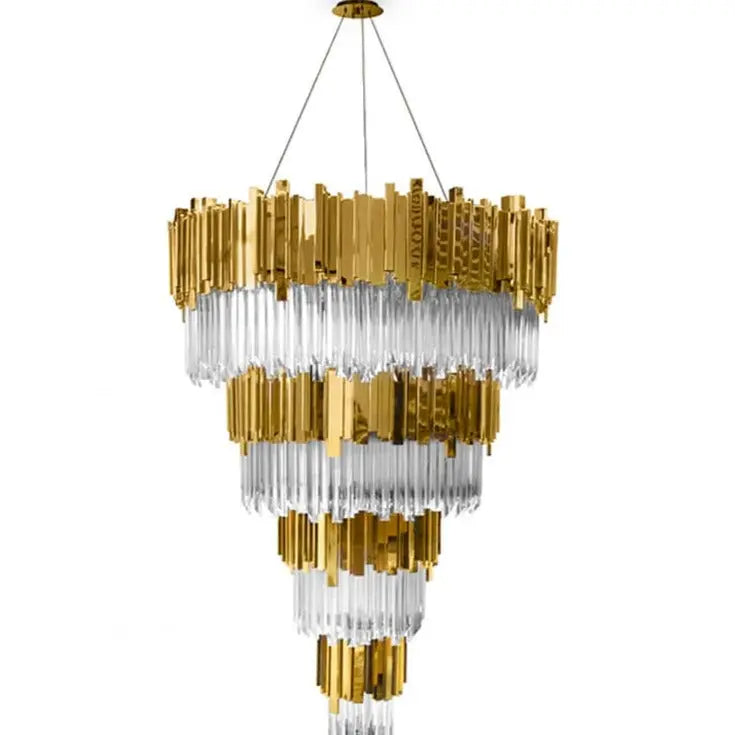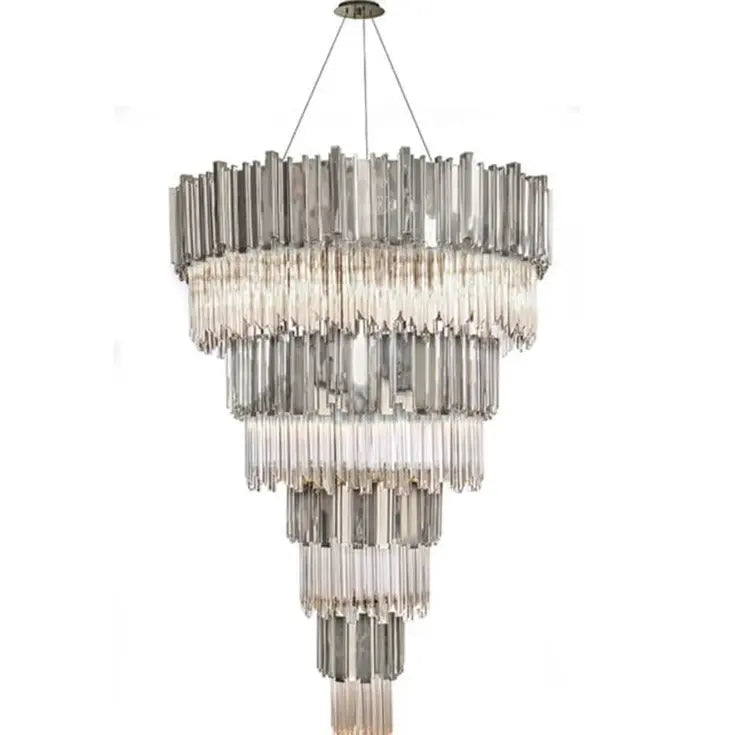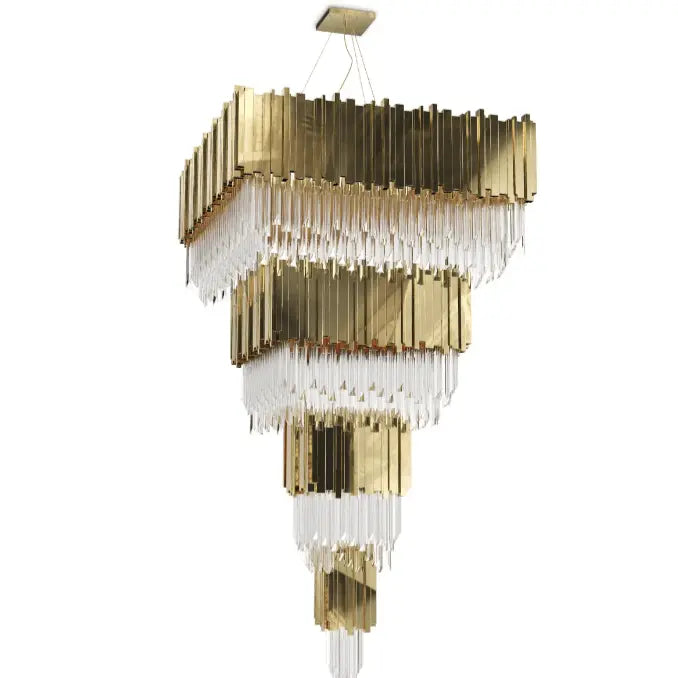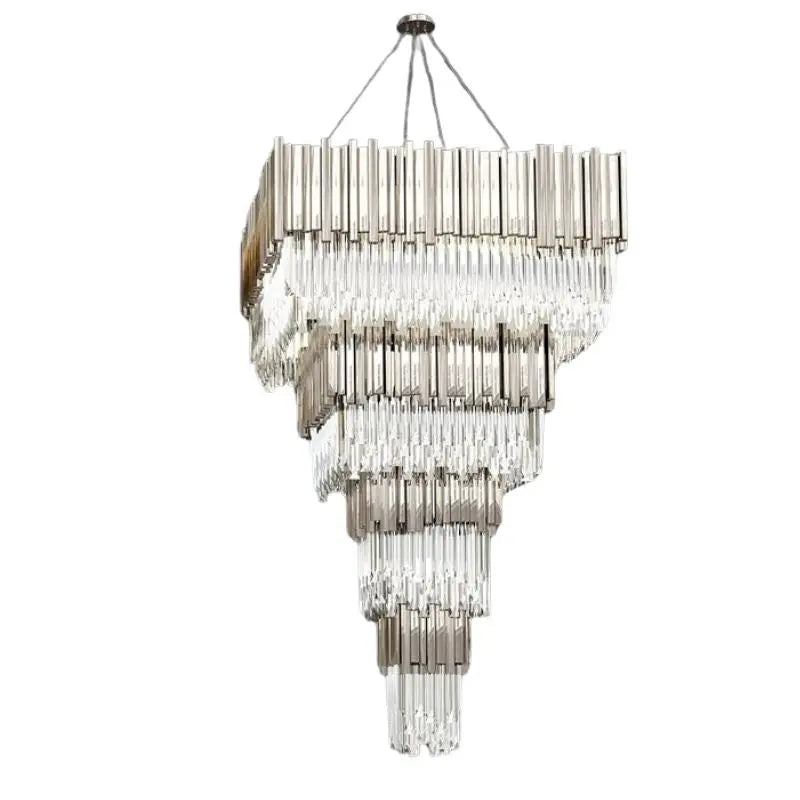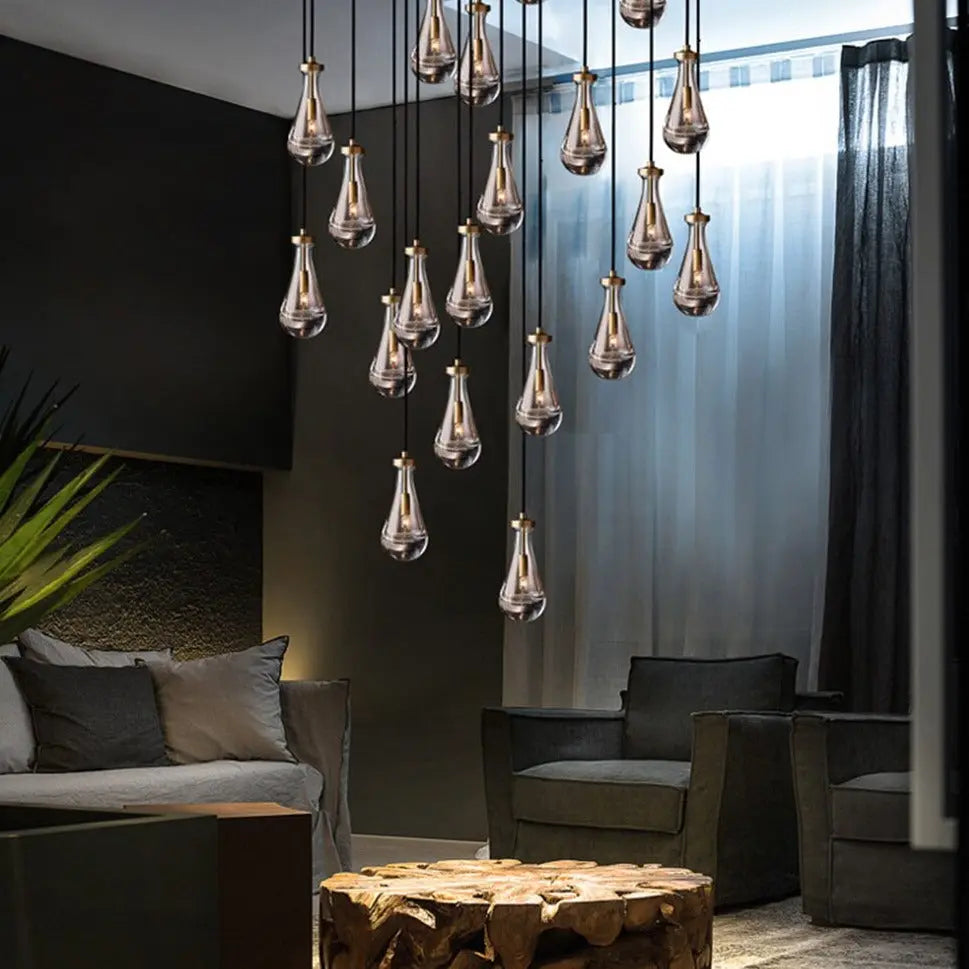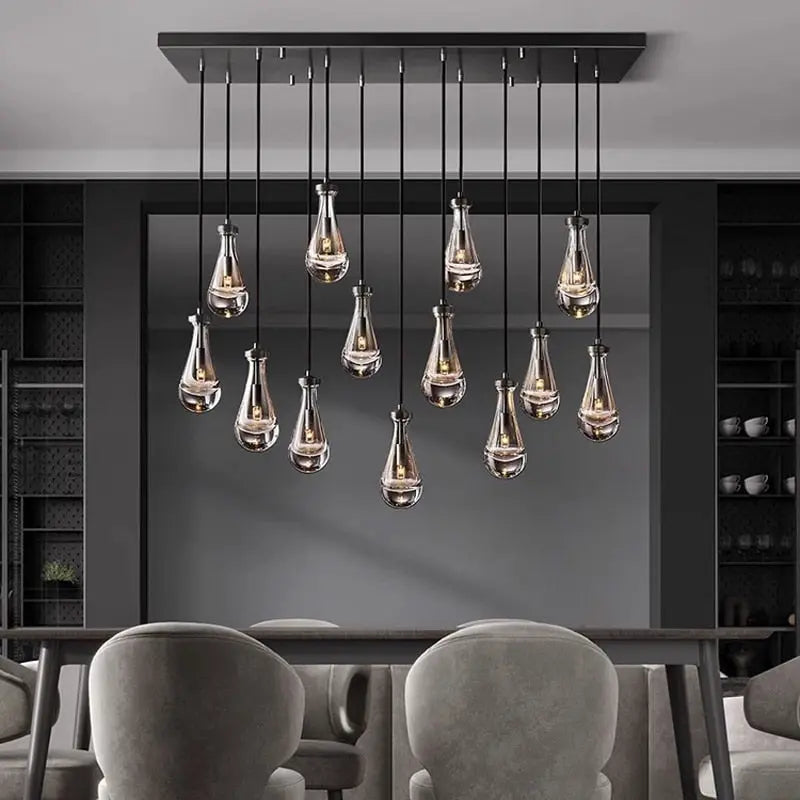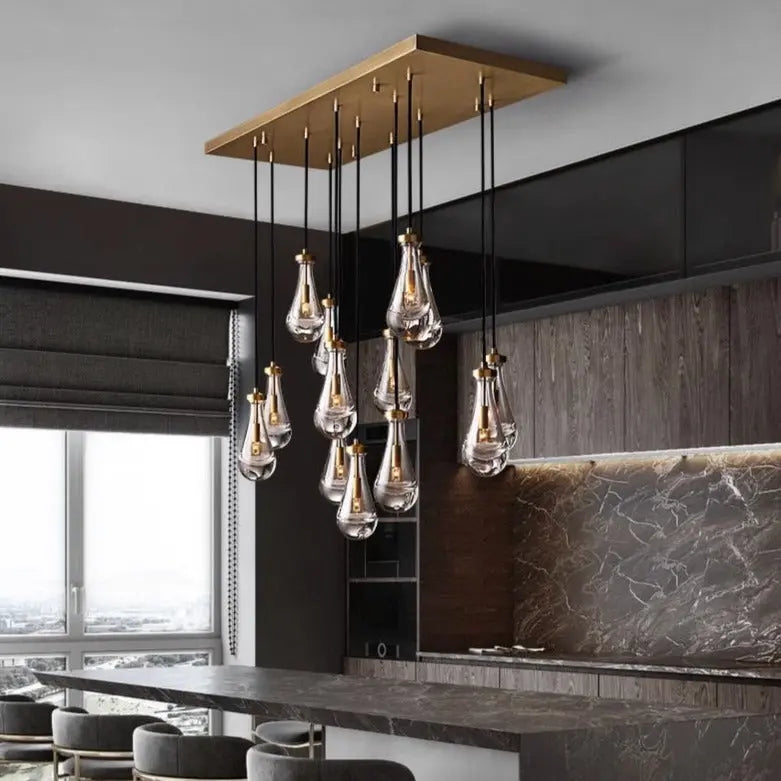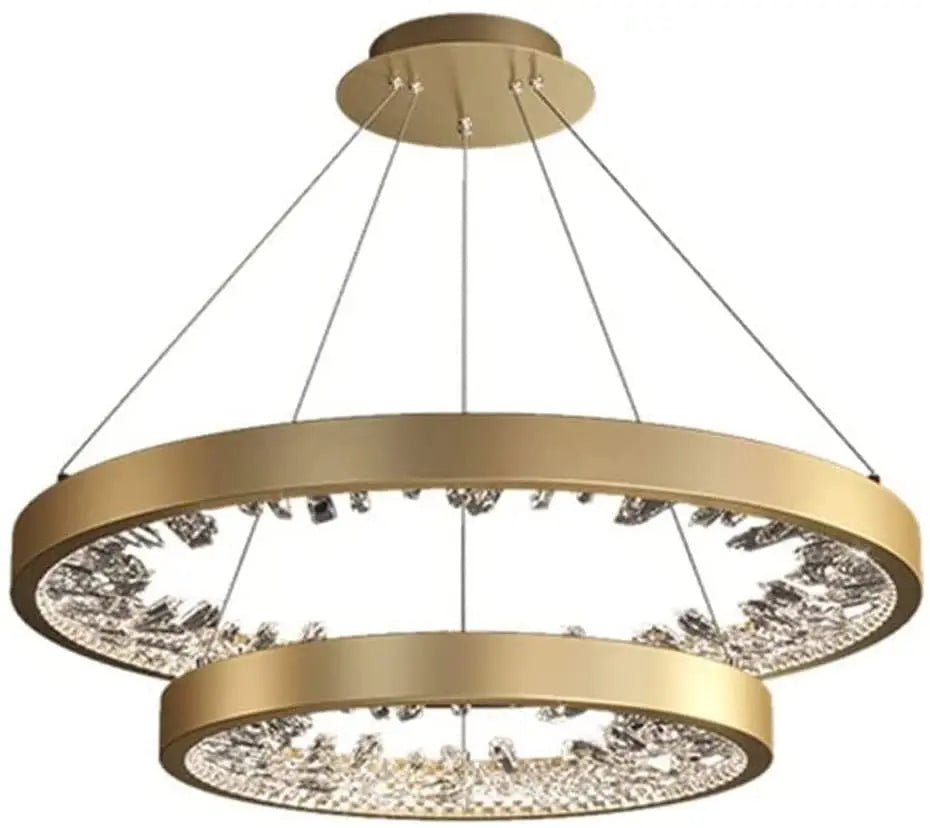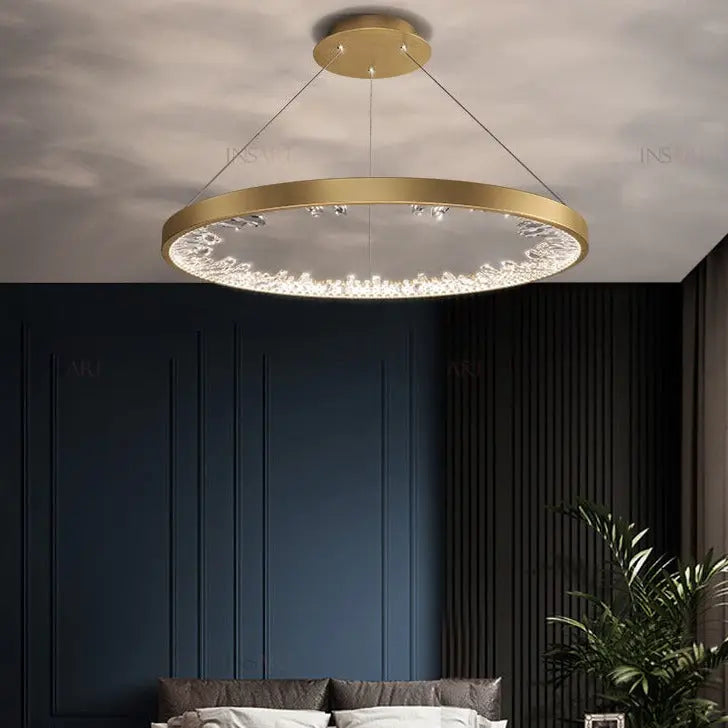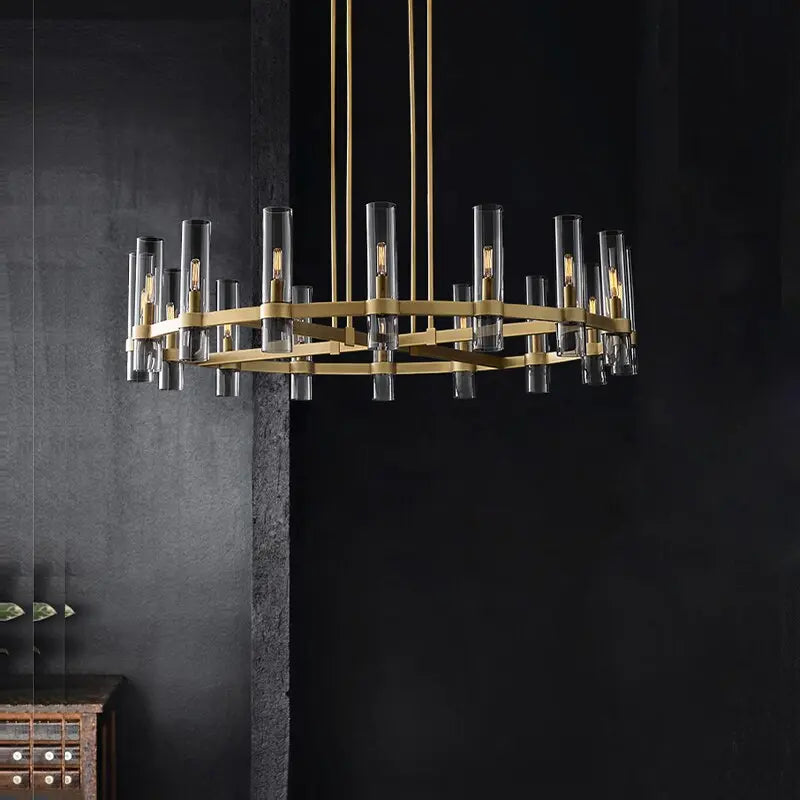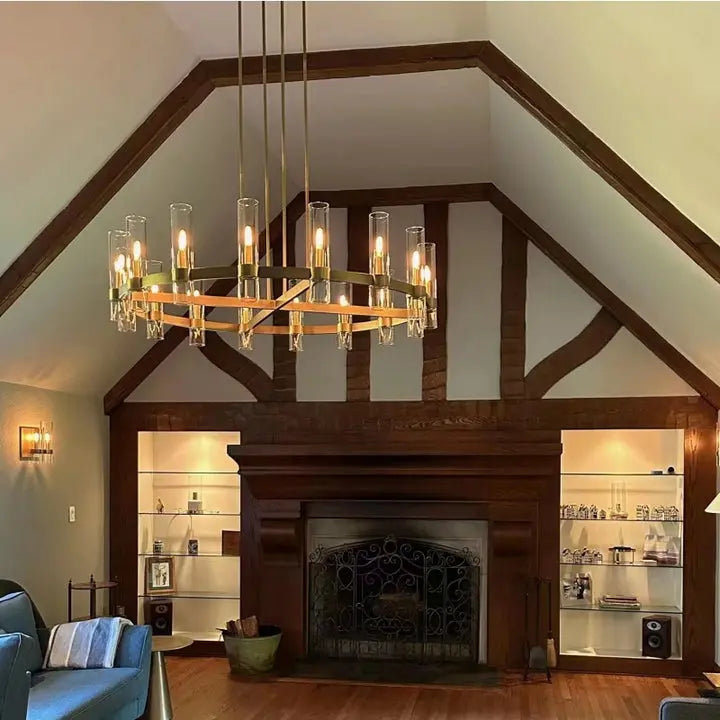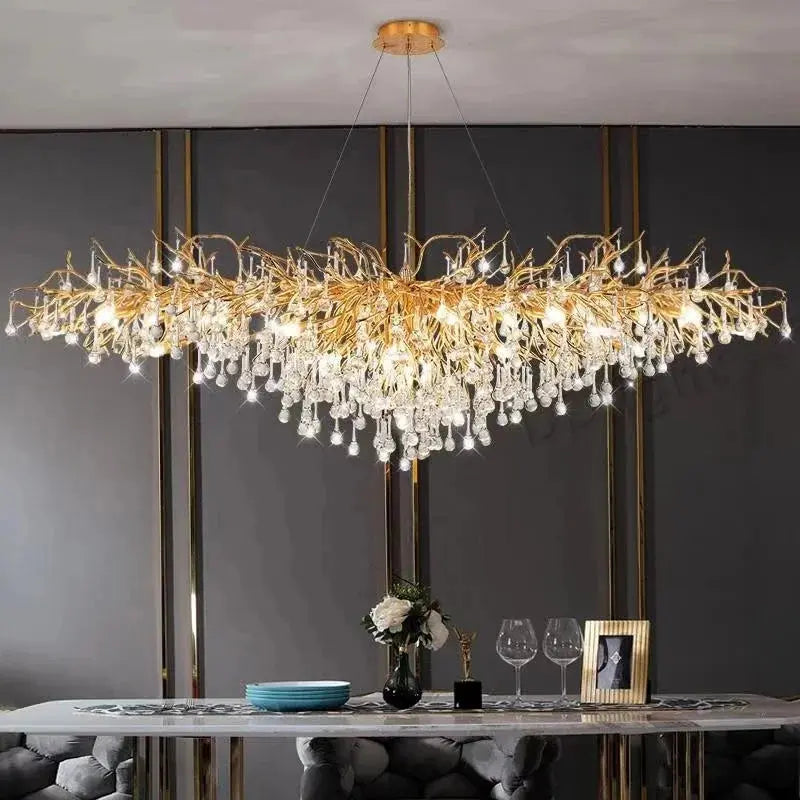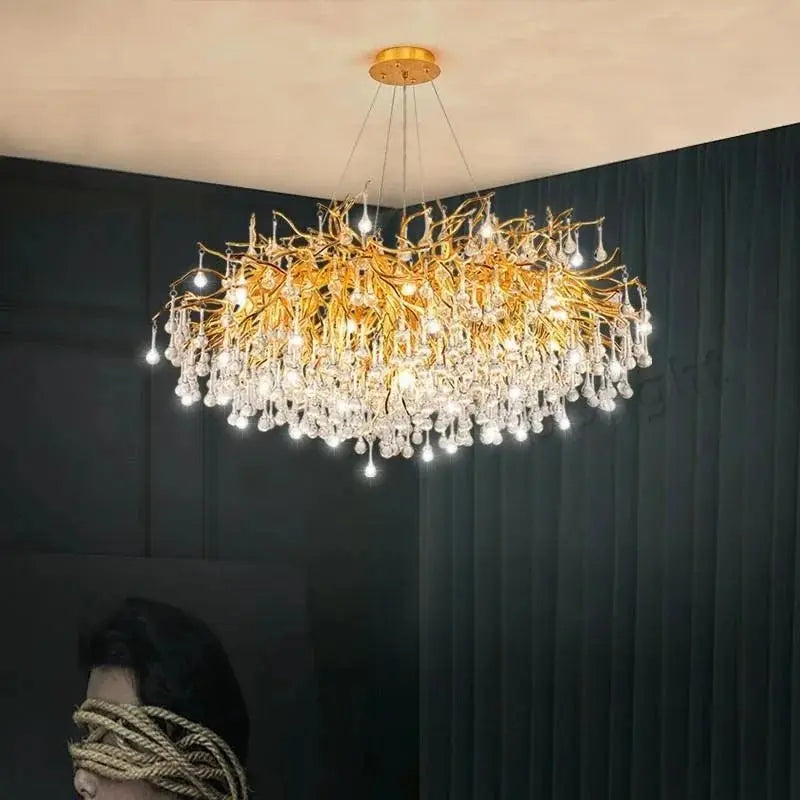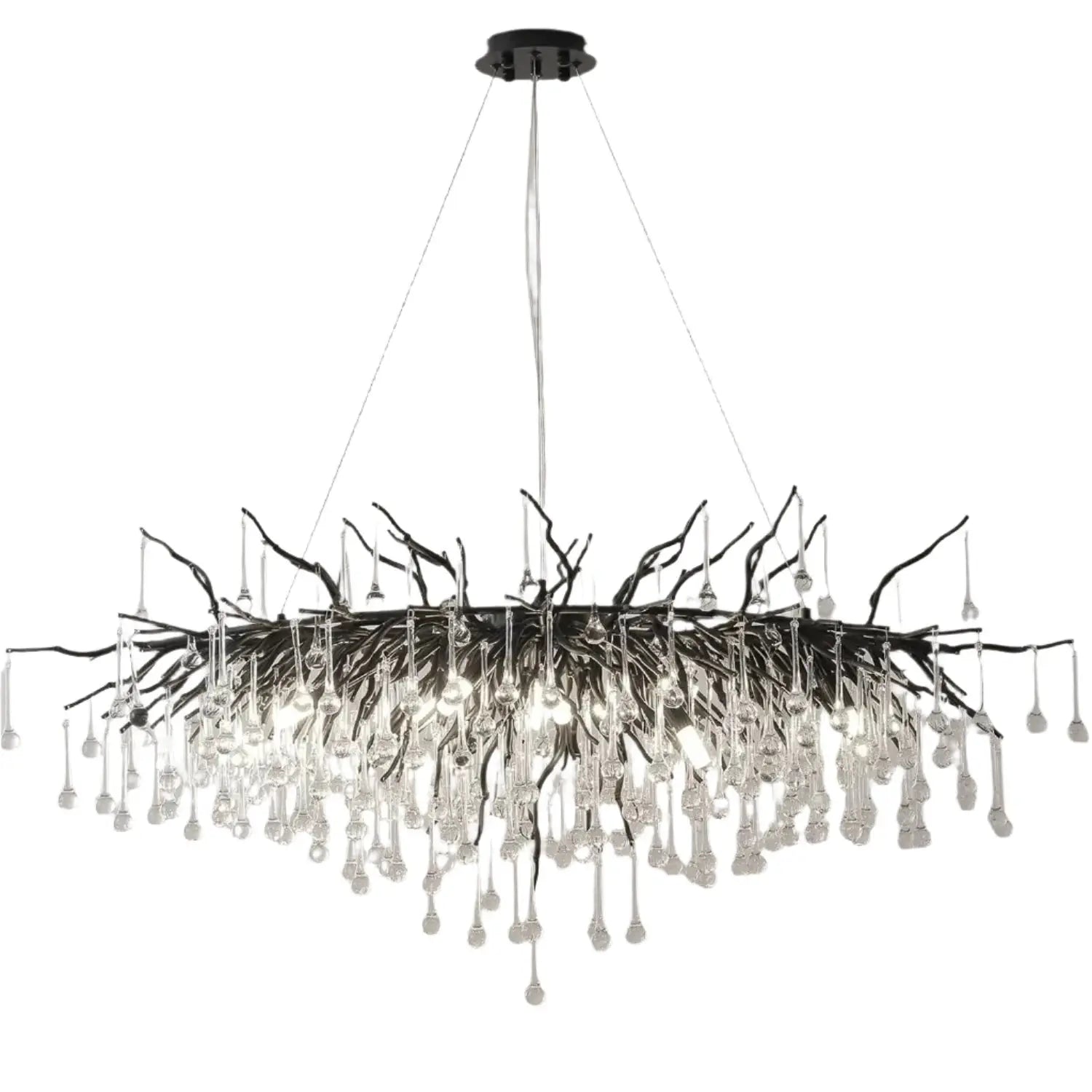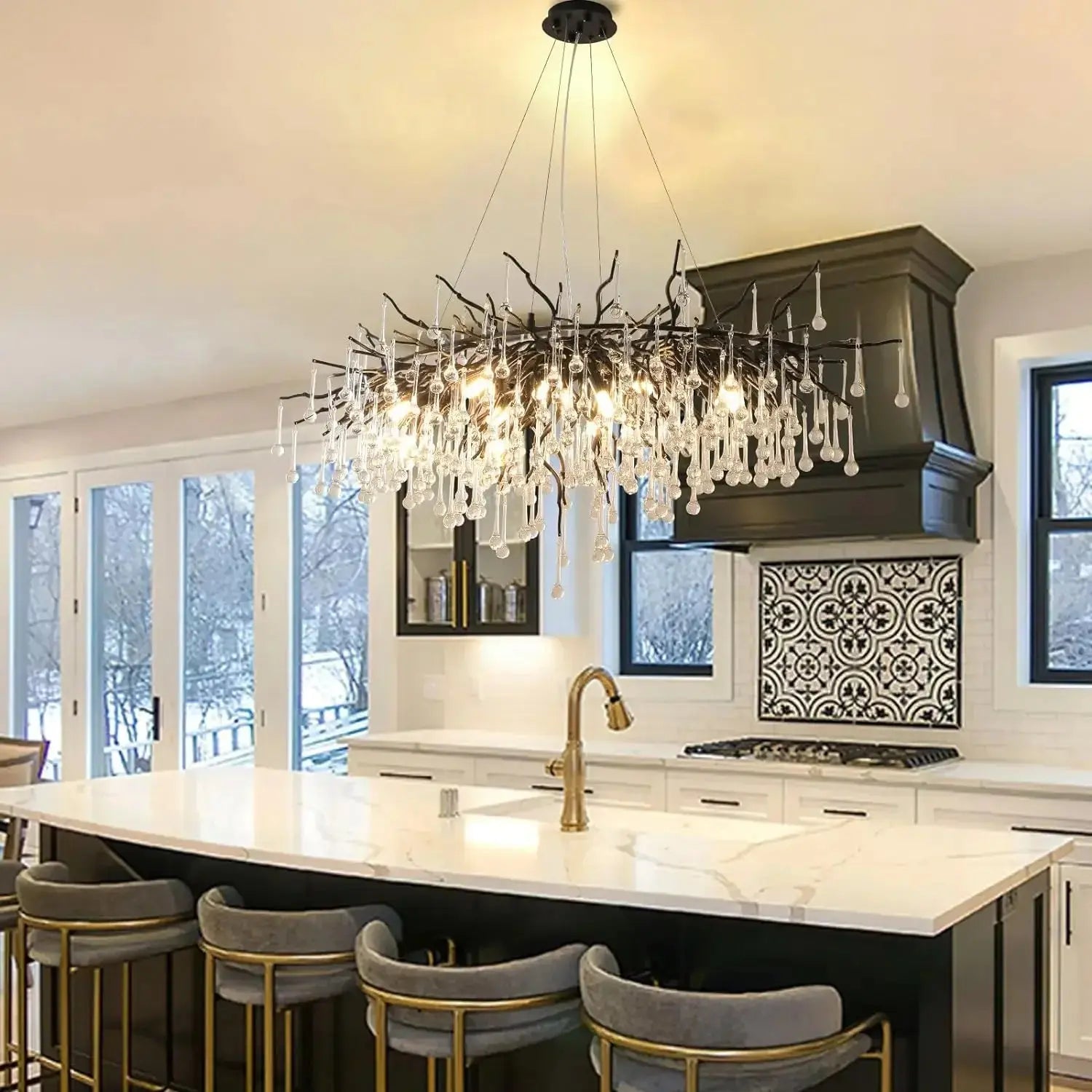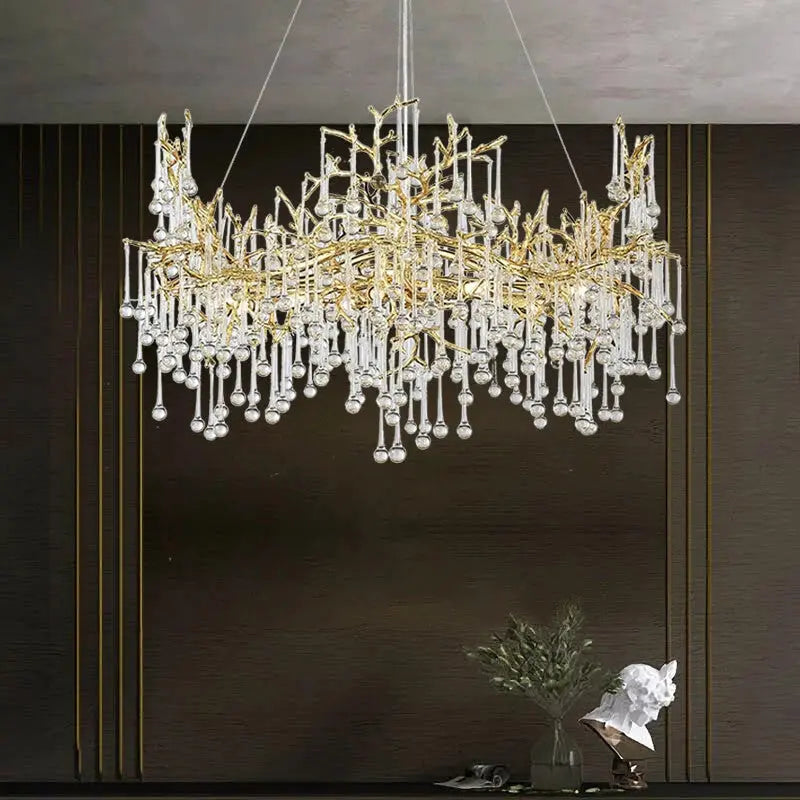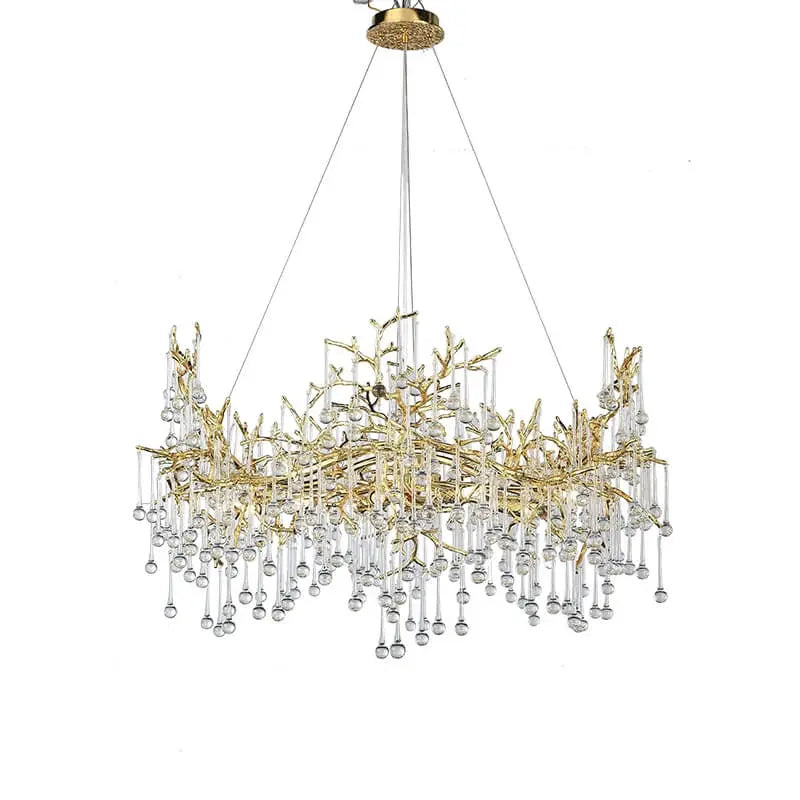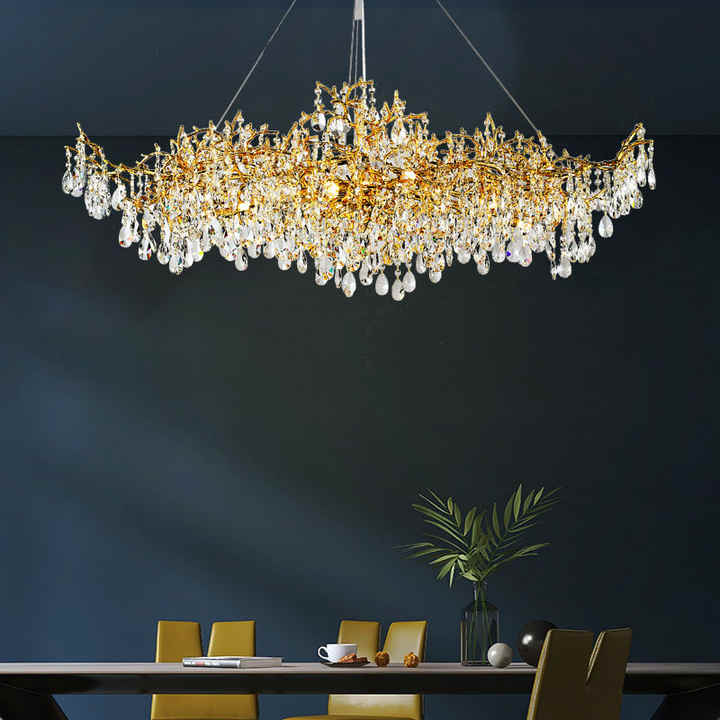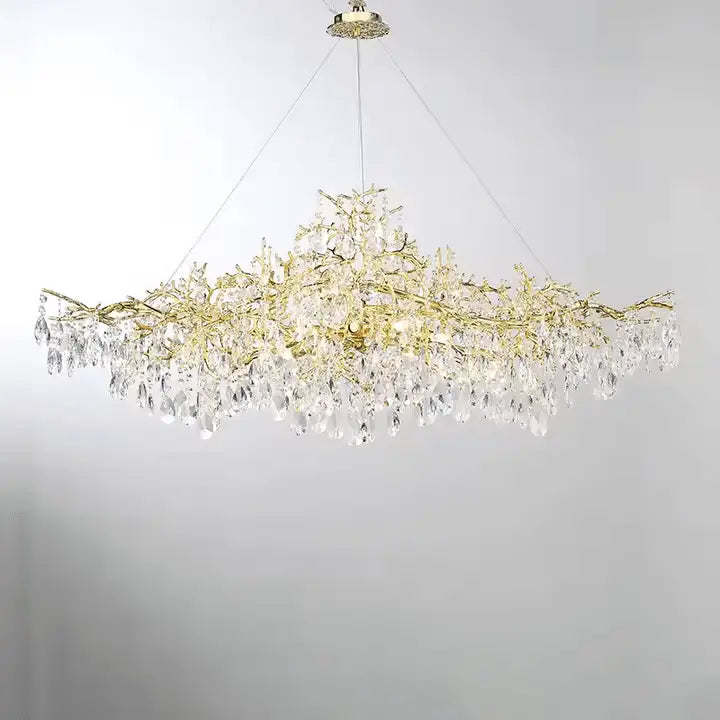Designing your own chandelier can be a fun and rewarding project that adds a unique flair to your home. This guide will help you understand the basics of chandelier design, choose the right style, and create a piece that reflects your personal taste and enhances your living space.
Key Takeaways
- Understand the key elements of chandelier design to create a balanced look.
- Choose materials that match your style, from elegant crystals to modern metals.
- Plan the size of your chandelier to fit the space perfectly without overwhelming it.
- Explore DIY projects to personalize your chandelier with unique and creative touches.
- Ensure your chandelier provides the right amount of light for its intended space.
Understanding the Basics of Chandelier Design
Before you start creating your own chandelier, it’s important to grasp the basic elements involved in chandelier design. This understanding will help you craft a chandelier that is both beautiful and sturdy.
Key Elements of Chandelier Design
A chandelier typically includes three main parts:
- Light Source: This can be traditional bulbs or modern LED lights. The choice affects the ambiance of your space.
- Frame: The frame holds everything together and can be made from materials like metal, wood, or plastic.
- Decorative Elements: This is where your creativity shines! You can use crystals, beads, or even upcycled items to enhance the look.
Importance of Proportionality
When designing your chandelier, size matters. A large chandelier can overwhelm a small room, while a tiny one can get lost in a big space. Here’s a quick guide:
| Room Size | Recommended Chandelier Size |
|---|---|
| Small Room | 12-20 inches |
| Medium Room | 20-30 inches |
| Large Room | 30 inches and above |
Choosing the Right Materials
Selecting the right materials is crucial for both aesthetics and functionality. Here are some options:
- Crystal: Adds elegance, perfect for dining room chandeliers.
- Metal: Offers a modern look and durability.
- Wood: Great for a rustic feel, especially in kitchens.
Remember: The materials you choose will impact the overall look and feel of your chandelier.
By understanding these basics, you can create a chandelier that not only lights up your space but also reflects your personal style. Whether you opt for a chandelier lamp or a more elaborate chandelier light fixture, the key is to plan carefully and let your creativity flow!
Choosing the Perfect Style for Your Custom Chandelier
When designing your own chandelier, it’s essential to consider the style that best fits your space. A well-chosen chandelier can enhance the overall look of your room. Here are some key points to help you select the perfect style:
Exploring Different Design Styles
- Traditional: Often ornate, these chandeliers add a classic touch to any room.
- Modern: Featuring sleek lines and minimalistic designs, these are perfect for contemporary homes.
- Industrial: With raw materials and a rugged look, these chandeliers suit lofts and urban apartments.
Matching Your Home's Aesthetic
To find the right chandelier, think about:
- Color Scheme: Choose colors that complement your existing decor.
- Material: Consider metals like brass or chrome for a modern look.
- Size: Ensure the chandelier is proportionate to the room size.
Incorporating Modern Trends
- Bamboo Lamps: Explore a wide range of bamboo lamps and lighting solutions to add a unique touch.
- Eco-Friendly Options: Look for sustainable materials that are both stylish and environmentally friendly.
- Smart Lighting: Consider chandeliers that can be controlled via smart devices for added convenience.
A custom chandelier not only serves as a light source but also acts as a statement piece that reflects your personal style.
By carefully considering these aspects, you can create a chandelier that not only illuminates your space but also enhances its beauty and character.
Materials and Tools Needed for Designing Your Own Chandelier
Creating your own chandelier can be a fun and rewarding project. To get started, you’ll need to gather the right materials and tools. Here’s a breakdown of what you’ll need:
Selecting the Right Materials
- Light Source: Choose between traditional bulbs or energy-efficient LED lights. LED lights are great for saving energy and last longer.
- Frame Material: You can use wood, metal, or even glass for the frame. Each material gives a different look to your chandelier.
- Decorative Elements: Think about adding crystals, beads, or even upcycled items like jars or bottles to make your chandelier unique.
Essential Tools for Chandelier Making
- Wiring Kit: This is essential for connecting your light source.
- Basic Tools: You’ll need a screwdriver, pliers, and a drill to assemble your chandelier.
- Safety Gear: Don’t forget to wear safety goggles and gloves while working.
Safety Tips for DIY Projects
- Always turn off the power when working with electrical components.
- Make sure your chandelier is securely hung to avoid accidents.
- If you’re unsure about wiring, consult a professional.
Designing your own chandelier not only enhances your space but also allows you to express your creativity. With the right materials and tools, you can create a stunning piece that reflects your personal style.
Step-by-Step Guide to Designing Your Own Chandelier
Creating your own chandelier can be a fun and rewarding project. Here’s how to get started:
Planning Your Chandelier Design
- Choose a Style: Think about what kind of look you want. Do you prefer a modern chandelier or something more rustic?
- Sketch Your Ideas: Draw a simple design to visualize how your chandelier will look in your space.
- Measure Your Space: Make sure to measure the area where you plan to hang your chandelier to ensure it fits well.
Assembling Your Chandelier
- Gather Materials: Collect everything you need, such as light bulbs, a frame, and decorative elements like beads or crystals.
- Follow Instructions: If you're unsure about the assembly, look for online tutorials that can guide you through the process.
- Secure Everything: Make sure all parts are tightly secured to avoid any accidents.
Installing and Enjoying Your Creation
- Hang Your Chandelier: Carefully install your chandelier in the chosen spot, ensuring it’s at the right height.
- Connect the Wiring: If you’re comfortable, connect the wiring according to safety guidelines. If not, consider hiring a professional.
- Turn It On: Once everything is set up, turn on your chandelier and enjoy the beautiful light it brings to your space!
Designing your own chandelier is a great way to express your creativity and add a personal touch to your home. With careful planning and execution, you can create a stunning piece that lights up your life!
Creative Ideas for Personalizing Your Chandelier
Using Upcycled Materials
One of the best ways to make your chandelier unique is by using upcycled materials. Here are some ideas:
- Old jars can be transformed into beautiful light fixtures.
- Wooden scraps can create a rustic look.
- Vintage items can add character and charm.
Incorporating Plants and Colors
Adding plants and colors can really enhance your chandelier's appearance. Consider these options:
- Hang small potted plants from your chandelier for a fresh look.
- Use colorful bulbs to match your room's decor.
- Paint parts of your chandelier to give it a new vibe.
Collaborating with Designers
If you want something truly special, think about working with a designer. They can help you:
- Create a one-of-a-kind chandelier light fixture.
- Choose the right materials and colors that fit your style.
- Ensure that your chandelier matches your home’s aesthetic.
Personalizing your chandelier not only brightens your space but also reflects your unique style. Whether you opt for kitchen chandeliers or a statement piece for your dining room, the possibilities are endless!
Ensuring Functionality and Aesthetics in Your Chandelier Design
When designing your own chandelier, it’s important to make sure it looks great and works well. A well-designed chandelier can enhance the beauty of your space while providing the right amount of light. Here are some key points to consider:
Balancing Light and Design
- Choose the right size: Make sure your chandelier fits the room. A large chandelier can be stunning in a big dining room, while a smaller one works better in cozy spaces.
- Layer your lighting: Combine your chandelier with other light sources like lamps or recessed lights to create a warm atmosphere.
- Consider the height: Hang your chandelier at a height that allows for easy movement underneath, especially in dining areas.
Choosing the Right Lighting for Each Room
- Ambient lighting: Use softer bulbs for living rooms or bedrooms to create a relaxing vibe.
- Task lighting: In kitchens or workspaces, opt for brighter lights to help with tasks.
- Dimmable options: Consider using dimmable lights for flexibility in brightness.
Maintaining Your Chandelier
- Regular cleaning: Dust and clean your chandelier to keep it looking its best.
- Check the bulbs: Make sure to replace any burnt-out bulbs promptly to maintain light levels.
- Inspect for damage: Regularly check for any loose parts or wear and tear.
A chandelier light fixture can serve as a stunning focal point in your living room, enhancing both light and aesthetics. Whether you opt for a dining room chandelier or kitchen chandeliers, the right choice will elevate your space.
By keeping these tips in mind, you can create a chandelier that not only looks beautiful but also serves its purpose effectively. Remember, the right combination of hanging lights and hanging lamps can transform your home into a stylish and functional space!
When designing a chandelier, it's important to think about both how it looks and how well it works. A beautiful chandelier can really make a room shine, but it also needs to provide the right amount of light. If you're looking for the perfect blend of style and function, visit our website to explore our stunning collection of chandeliers that fit every taste and budget!
Final Thoughts on Your Custom Chandelier Journey
Designing your own chandelier can truly change the look and feel of your space. It’s not just about lighting; it’s about expressing who you are. By picking the right materials, size, and style, you can create a piece that adds charm and warmth to your home. Remember, whether you go for a simple design or something more elaborate, the most important thing is that it reflects your personal taste. So, take your time, enjoy the process, and let your creativity shine as you illuminate your space with a custom chandelier that’s uniquely yours.
Frequently Asked Questions
What should I think about when choosing a chandelier for my living room?
Consider the style of your room, the size of the space, and the atmosphere you want to create. Make sure the chandelier matches your furniture and colors.
How can I make my chandelier fit in with my living room decor?
Look at the colors, materials, and styles in your room. Pick a chandelier that goes well with these elements, whether it’s modern, classic, or something in between.
What types of ceiling lights can I use?
You can choose from recessed lights, pendant lights, and track lighting. Each type has its own unique look and can change the feel of your room.
Can I create my own chandelier?
Absolutely! There are many DIY chandelier projects you can try, like using beads, mason jars, or even wine bottles to make a unique light fixture.
What materials are best for making a custom chandelier?
You can use a variety of materials, such as wood, metal, glass, or even recycled items. Each material can give your chandelier a different look.
How do I ensure my chandelier provides enough light?
Think about how much light your room needs. Use bulbs that fit your space, like softer ones for living areas and brighter ones for workspaces.

